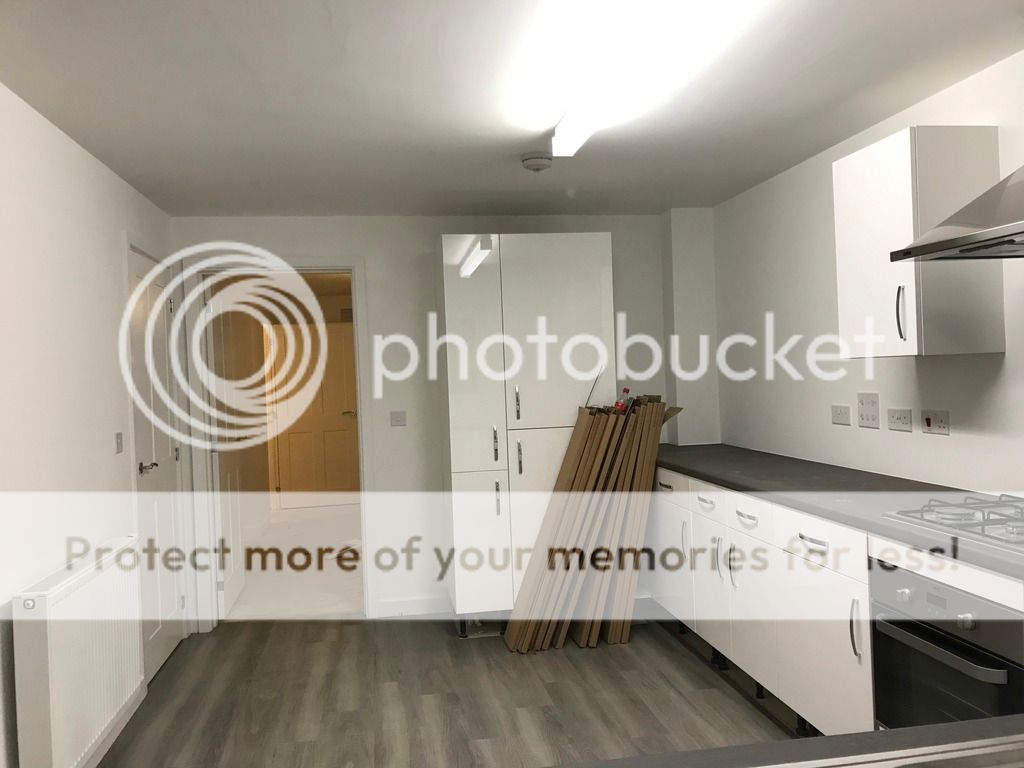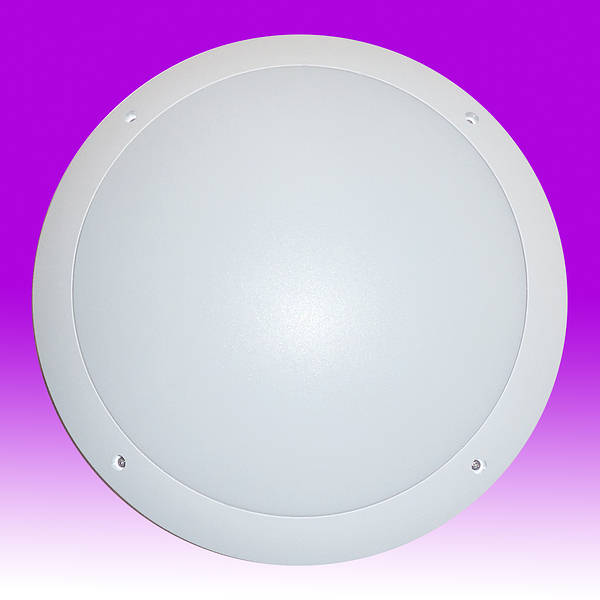- Joined
- 14 Oct 2015
- Messages
- 148
- Reaction score
- 4
- Country

Hi there,
I am hoping to soon be the owner of this new affordable house, but I can't say I am all that pleased to be the owner of the strip light in the kitchen here. Can't believe they still put these in houses when LEDs are becoming so cheap.

Does anyone have any idea on how much it would cost me to get an electrician in to either put in some LED downlights or a set of downlights and then one standard light fitting above where the table would go, next to the radiator.
I happen to have been in the house before it was built, so I know the joists above the ceiling run right to left (opposite direction that the strip light is facing), if that would help with running wires.
I am hoping to soon be the owner of this new affordable house, but I can't say I am all that pleased to be the owner of the strip light in the kitchen here. Can't believe they still put these in houses when LEDs are becoming so cheap.

Does anyone have any idea on how much it would cost me to get an electrician in to either put in some LED downlights or a set of downlights and then one standard light fitting above where the table would go, next to the radiator.
I happen to have been in the house before it was built, so I know the joists above the ceiling run right to left (opposite direction that the strip light is facing), if that would help with running wires.




